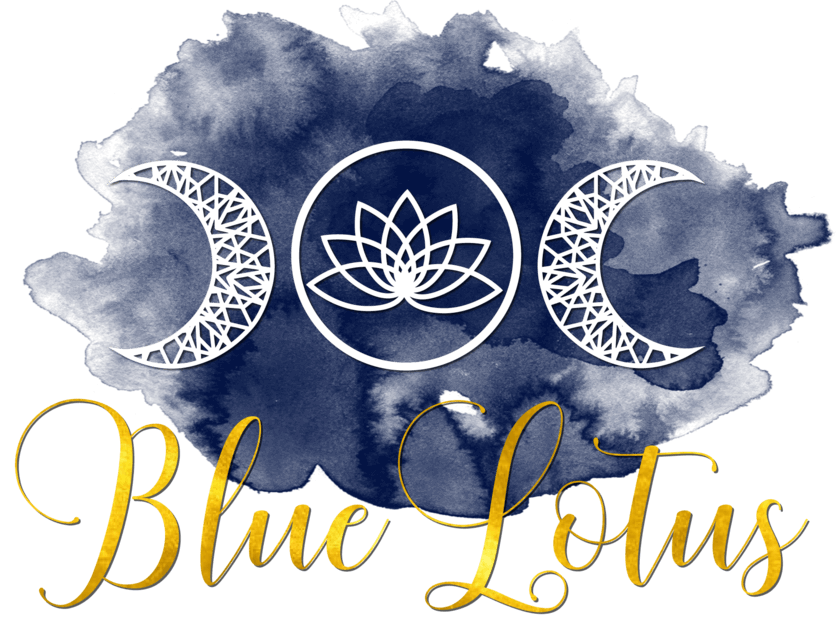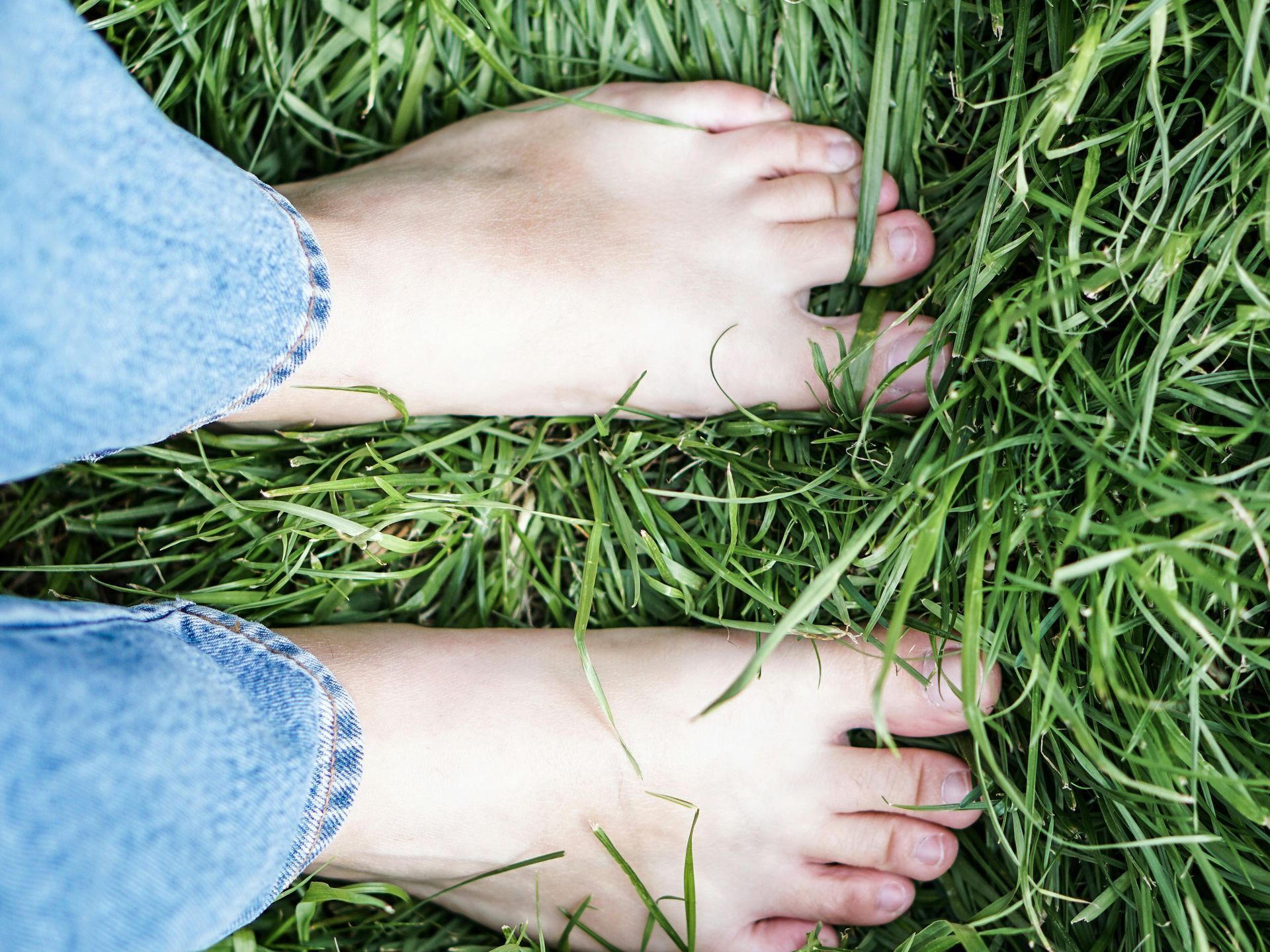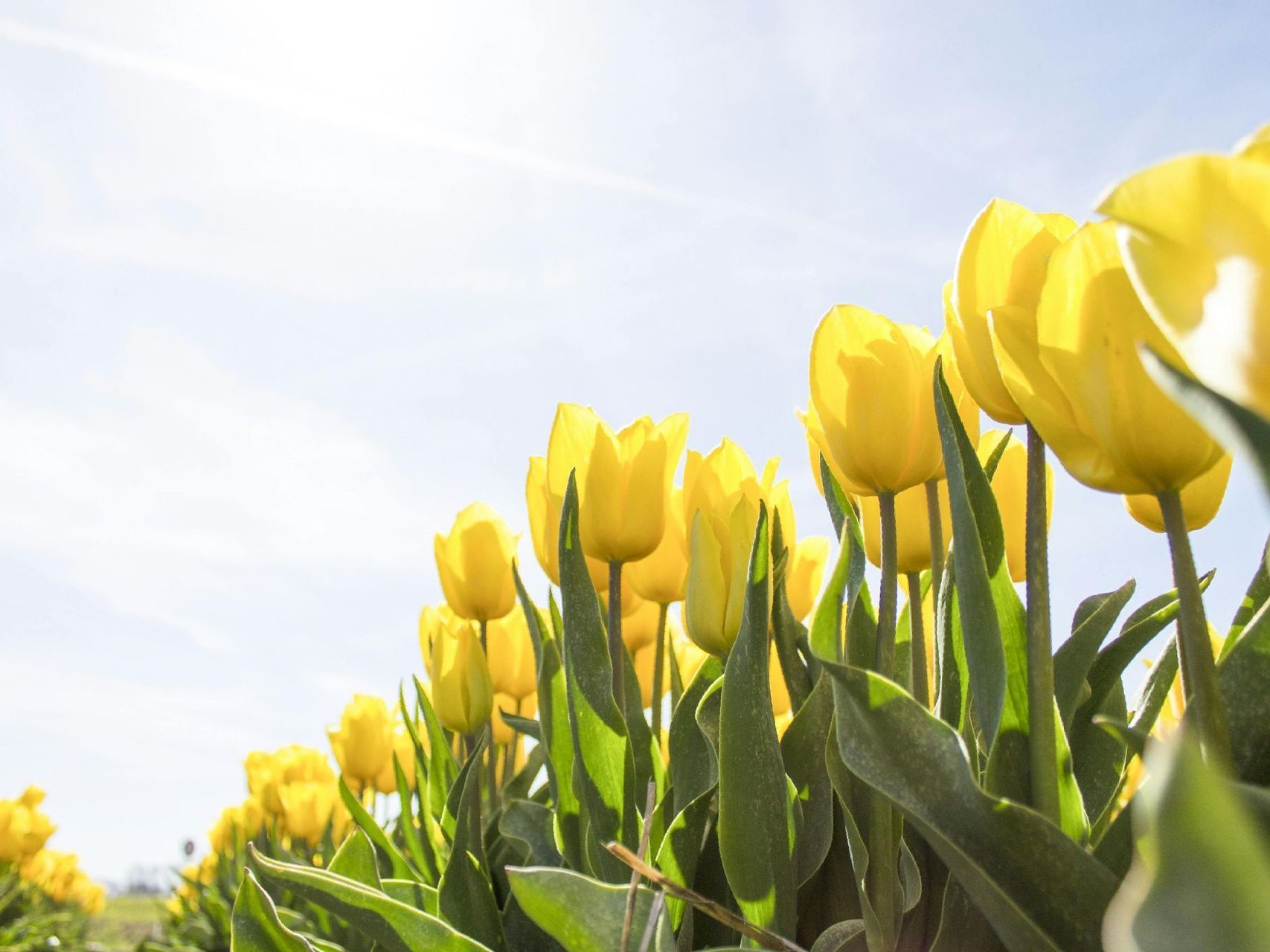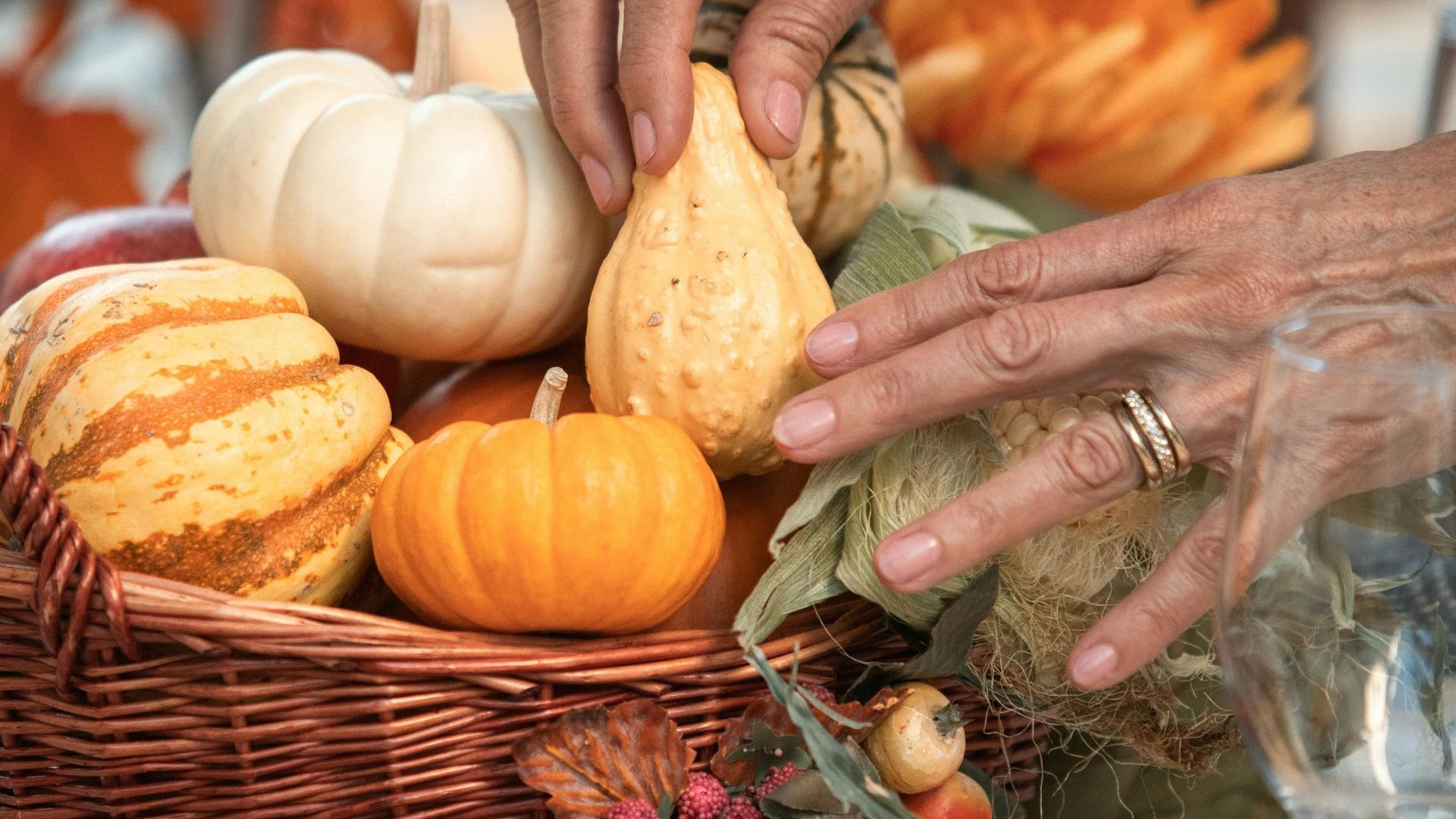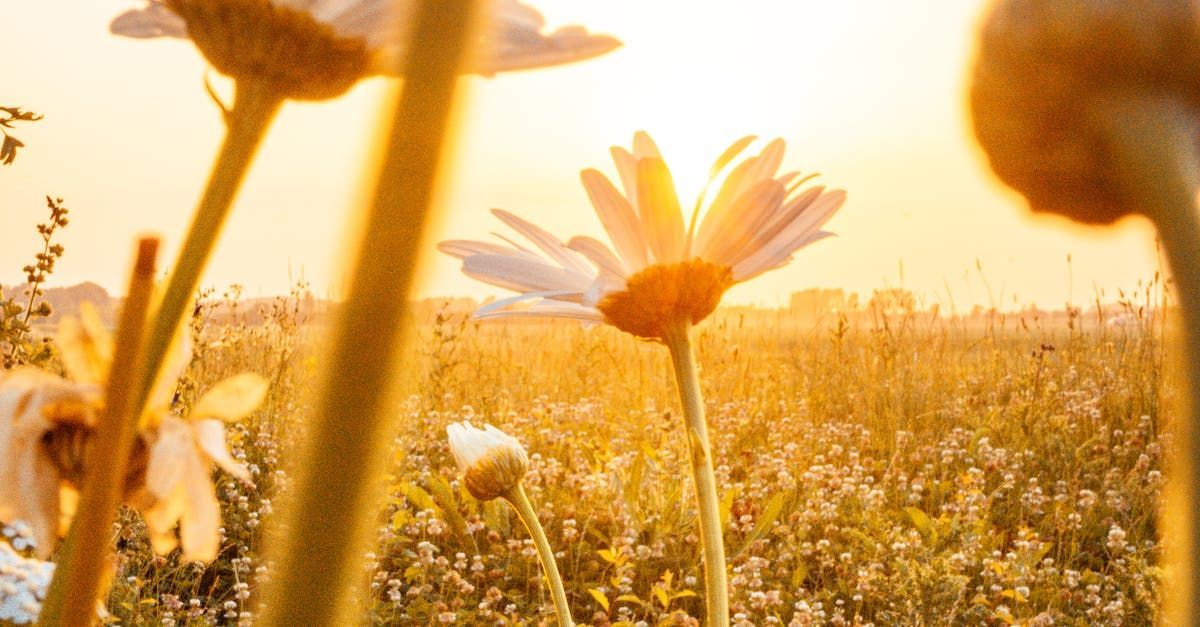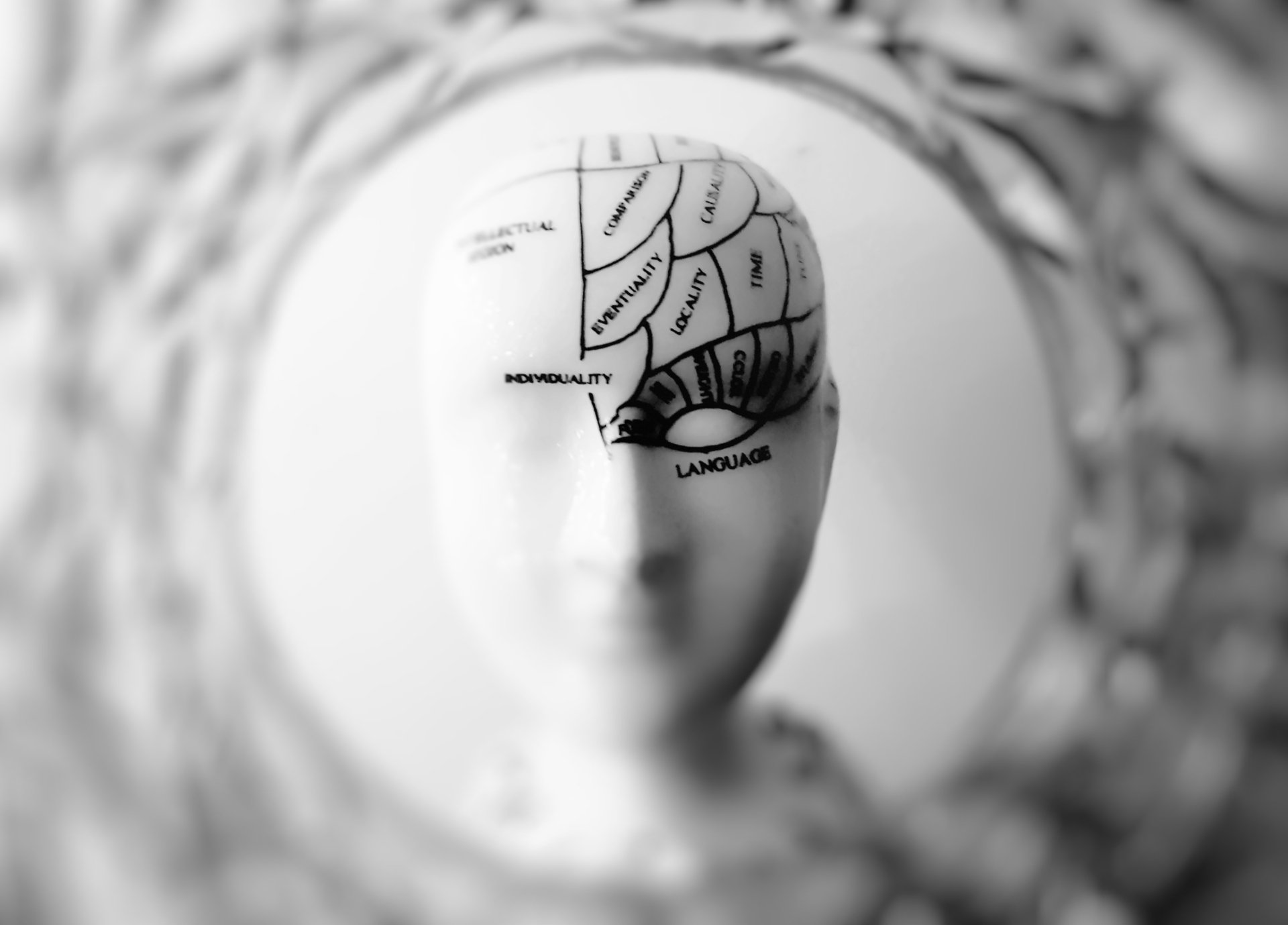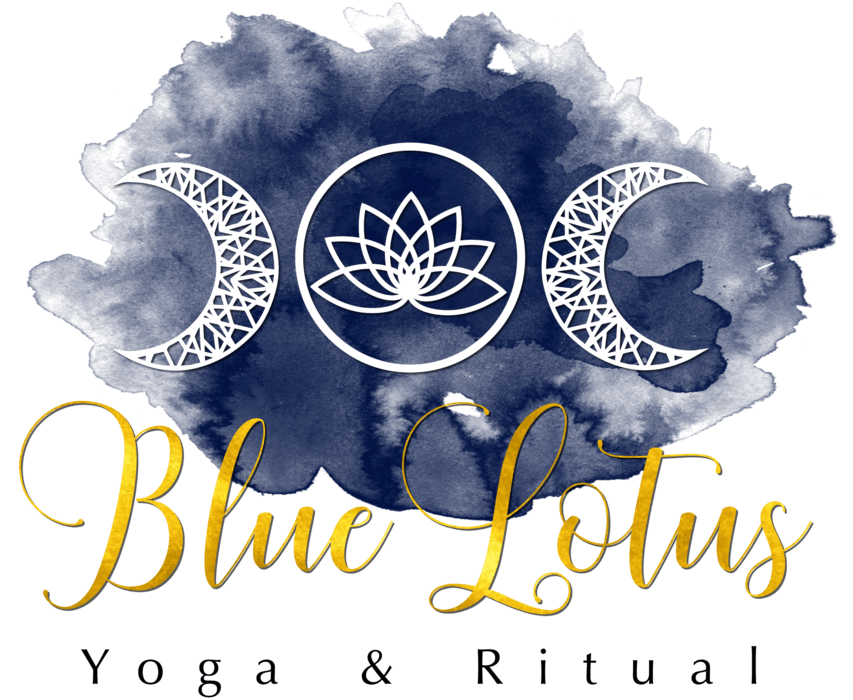Falling in & out of love with your practice
It's perfectly normal....Here's my recent experience
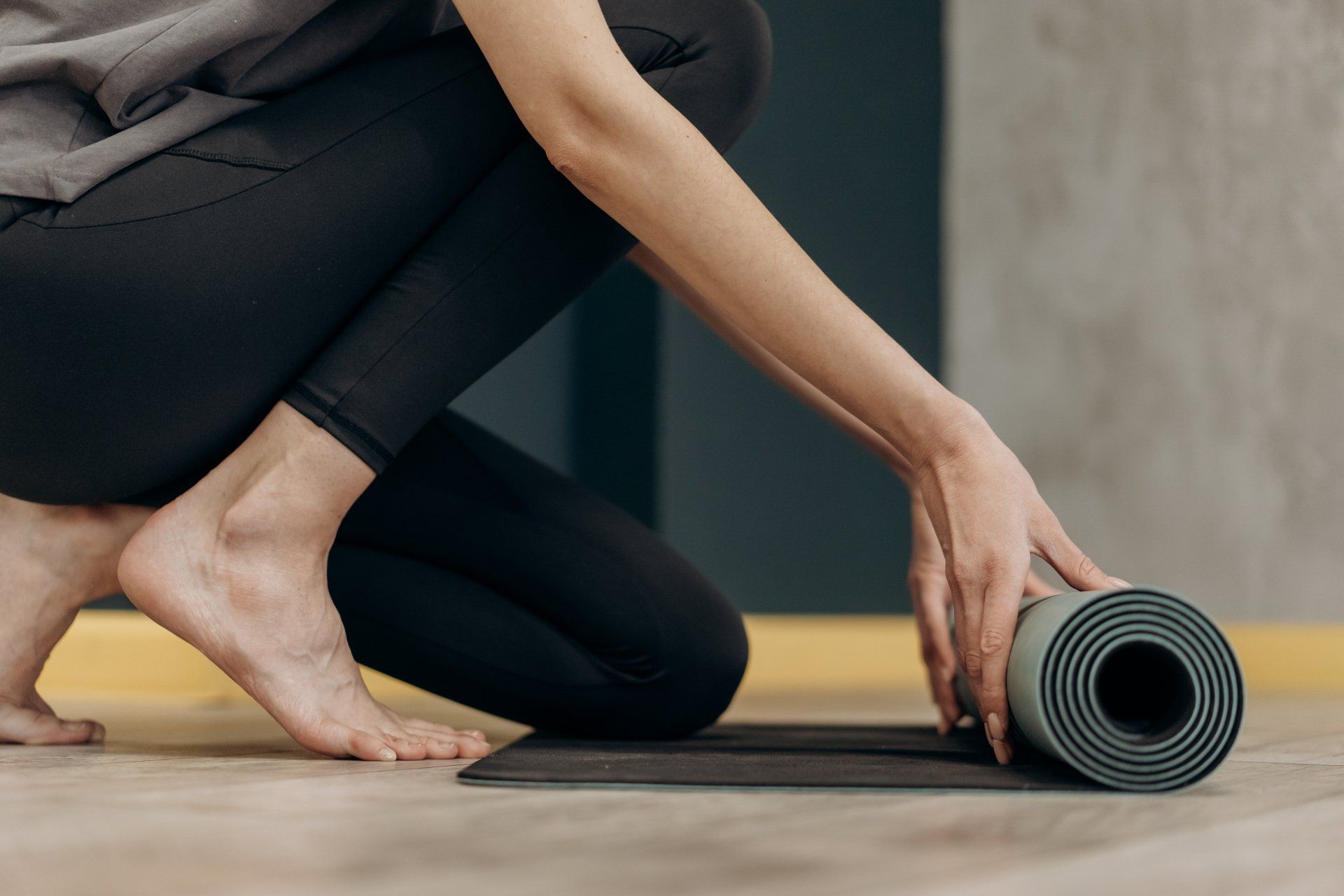
If I were to ask you how often you think I practice asana on my mat, what would you reply?
Every day?
Every other day?
Once per week?
What if I told you that sometimes I NEVER practice asana?
That there have been times when I have fallen out of love with my practice and simply didn't want to move in that way.
Sometimes for weeks at a time I haven't practiced. I've lost the faith and, quite honestly, found other ways of moving that were more enjoyable at that time....dancing, weights, hiking etc
I'm sure that many of us have done exactly this, and just because I teach, doesn't mean that I'm not human and take a little time out every now and again!
This being said however, I still have a daily Yoga practice....I sit every morning with my breath and meditate, and of course this is nourishing in and of itself and helps me stay (reasonably) grounded in the twists and turns of my life.
Last week I had a message from a student friend who is dealing with some health concerns and hasn't been in class for some time but she said that she still has found ways to practice.....Breath awareness on hospital visits, before a surgery and at bedtime when the wild horses of the mind are running rampant. Of course, that's is the point of our practice of course....That the YOGA sustains and supports us in all the experiences of our life. However, if we don't occasionally top up our tanks with these teachings and resources from practice we will loose our ability to connect to our Self and remember our Divinity.
One of my favourite teachers, Christina Sell, compares asana practice to money in the bank.....Each time we roll out our mat we make a deposit and it's those deposits that accumulate and we rely on when we take a break from practice.
So this is why we practice!!!!
We don't practice to master the poses or get 'good' at yoga. We practice to evolve, grow and know our selves better.
Of course repetition can get boring and, often, that is why we fall out of love with asana.
Staying the course, even when we don't want to practice takes motivation, faith, resiliency, patience and persistence.
The more we practice, the more money in the bank of course, and sometimes it is perfectly normal not to make a deposit for a few weeks.
So how do we do get back to making deposits when we've fallen out of love with our practice?
Here's my advice:
- Roll out your mat and lie on it. Set a timer for 10 mins and connect to your breath. Listen and feel how your body would like to move and flow with that. Be in silence or pop on your favourite playlist (I have heaps on my Spotify that you can use!) and simply allow your practice to reveal itself to you from your intuition....This is what I have done this week and I am, once again, head over heels in love with my practice again!
- Commit to a regular class. Even when you don't 'feel like it', I guarantee if you can get there you'll feel better afterwards and remember why you practice. This may even inspire you to roll out your mat at home!
- Sit in nature for 10 mins and watch your breath. Let the fidgeting of the body mind come and go, but stay the course
- Play your favourite dance track, let loose in your body and make some shapes (doesn't have to look like traditional asana!) Then sit in silence or lie, Savasana style, for a few minutes and attune to the wisdom of your body mind, resting in your breath.
- Sit with your favourite mudra, mantra or breathwork for 5mins. The lethargy will shift!

